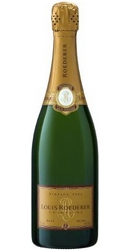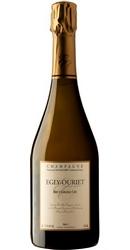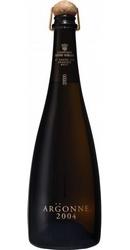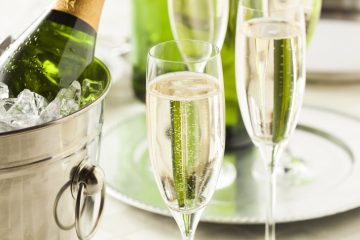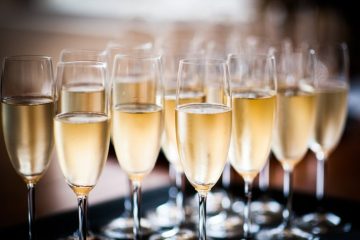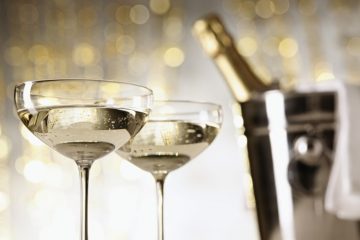Champagne is the finest sparkling wine in the world, and truly fine Champagne is some of the finest wine in the world, period. Where do Champagne yeast flavours come from?
Champagne is made in different styles by different kinds of producers, and so the resulting bubbly liquid can vary widely in terms of its flavour profile. Each Champagne house will have its own house style, from Pol Roger Champagne to Taittinger Champagne. There is one tasting note that is common to most of the best Champagne: You may think of it as resembling bread, toast or yeast. All correctly describe the flavour, and it’s a matter of personal taste whether you identify it more as bread, or toasted bread, or brioche, or straight-up baker’s yeast. In any event, it’s an aroma or flavour that you would expect to encounter in a bakery.
Strictly speaking, the flavour does come from yeast, so for the sake of uniformity in this article we’ll talk about “Champagne yeast flavours”, but by all means you can use whatever words you like to describe it.
Where do Champagne yeast flavours come from?
This is not an oenology lesson, so we’ll keep it simple. Making wine, generally, is deceptively simple: Fundamentally, you are converting grape sugars into alcohol. Of course, there’s a lot more to it (and doubly so for Champagne), but just keep that one in mind. That process is called “alcoholic fermentation”, and it is brought about with the help of yeast. After fermentation, you are left with dead yeast cells, known as “lees”.
For many wines, the lees are simply a byproduct of production and will be separated from the wine at the earliest opportunity. There are some notable exceptions, however, including Muscadet Sur Lie, the Italian red wines known as Valpolicella Ripasso and, of course, Champagne.
During the lengthy and complicated production process, the best vintage Champagne will spend some time ageing in contact with the lees, leading to a more complex and nuanced wine – with a distinctly yeasty flavour profile!
Before you decide to make your own Champagne, rest assured that there is a lot more than that to the process – notably a second fermentation which takes place in the bottle itself, leading to the wine becoming sparkling. Best leave the production to the professionals and to just enjoy the fruits of their labour. Below, we’ll recommend some top examples that are guaranteed to express the best of these Champagne yeast flavours!
3 Champagnes to try
Sparkling Champagne is a surprisingly complex wine, and Champagne yeast flavours should form just a part of the overall flavour profile.
Louis Roederer Vintage 2006 is the perfect example of a subtly complex vintage Champagne. It has hints of toasted yeast, for sure, though this is only part of what’s happening in the glass. In addition, you’ve got dried fruit character, spices and ripe fruit coming through. This is a keenly priced Champagne from one of the region’s top producers, and comes highly recommended from Robert Parker (93 points), Vinous (93 points) and Wine Spectator (92 points).
Egly Ouriet Grand Cru 2004 comes from the stellar 2004 vintage, and shows that Champagne yeast flavours are something of a staple when it comes to top quality vintage Champagne. This one has received 94 points from Wine Spectator and 93 points from Robert Parker.
Henri Giraud Argonne 2002 offers such depth and nuanced complexity that each sip will reveal some new individual note or component. There are yeast flavours, and there is oak and vanilla, and fresh fruit, and a lot more besides. Above all, the wine has great harmony and balance – it somehow manages to be mature and youthful all at once.
[cta_generico id=2597]
